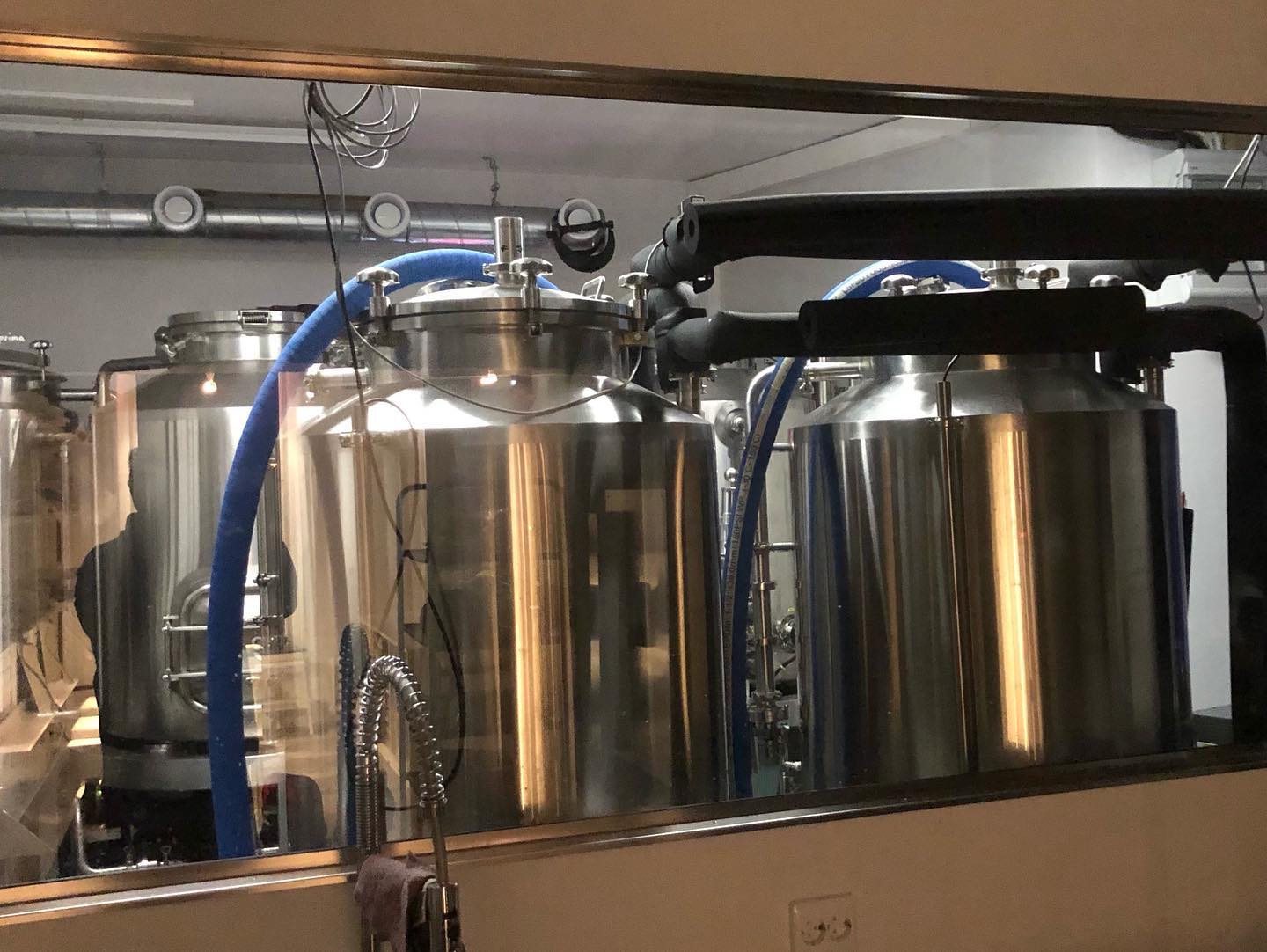Do You Know the Brewery Startup Costs in 2025
The costs to start a brewery can be surprisingly steep. From equipment and real estate to licenses and staff, there’s a lot to think about. But don’t worry—we’re going to break it all down. In this guide, we’ll walk you through the main factors affecting brewery startup costs, give you a detailed cost breakdown, explore the total estimated cost range, and offer some tips to reduce brewery startup costs.
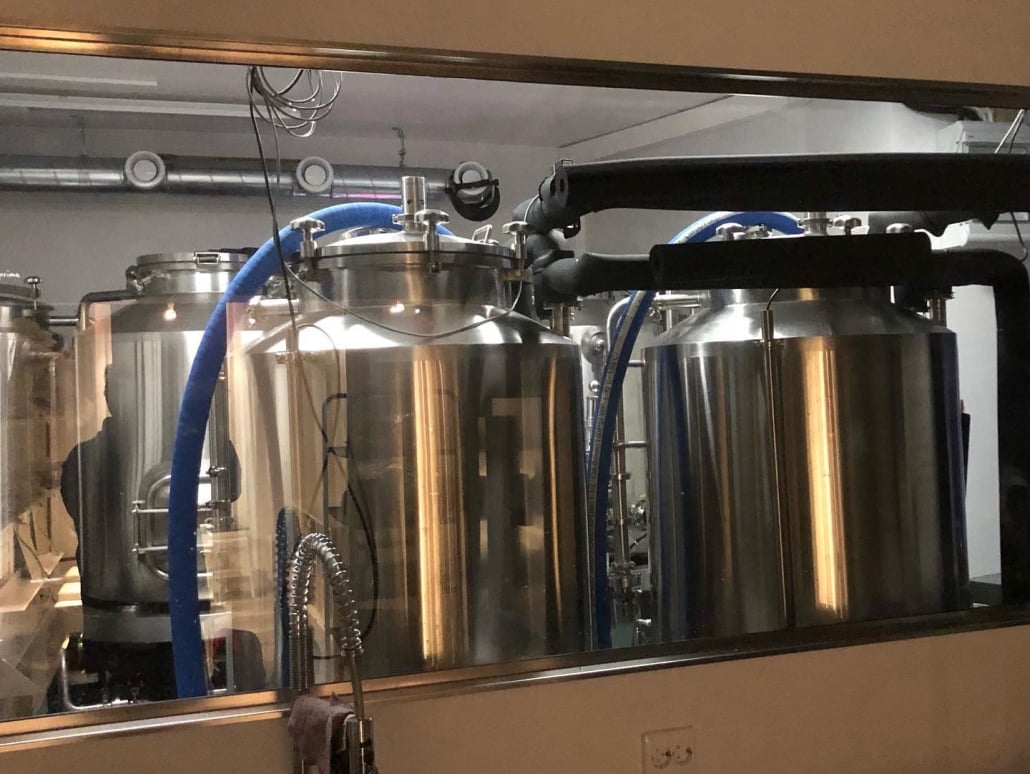
Factors Affecting Brewery Startup Costs
So, what makes the cost of starting a brewery swing so wildly from $250,000 to well over $2 million? It’s all about scale, location, and vision.
First off, brewery size is a biggie. Are you looking to launch a nano-brewery with just a few barrels, or do you have dreams of a full-scale production facility cranking out thousands of barrels per year? More volume means more tanks, bigger fermenters, and larger spaces—all of which cost more.
Then there’s location. Real estate in a booming downtown district? Expect sky-high rent. On the outskirts of town in a warehouse district? You might save on square footage but spend more on marketing to draw people in.
Licensing and permits are another hidden cost that can sneak up on you. Alcohol regulations are no joke, and they vary not just by country but by state, province, and even municipality. Getting all your paperwork in order can take time—and money.
Don’t forget labor and staffing. Even if you plan to be the brewmaster, janitor, and bartender all in one, you’ll likely need help eventually. Payroll adds up fast, especially when you include benefits and insurance.
Finally, your vision for the brand impacts the cost. A rustic taproom with secondhand furniture? That’s cheaper than a designer-chic space with custom décor and a food menu.
Detailed Cost Breakdown for Starting a Brewery
Let’s get into the dollars and cents of brewery startup costs. Here’s a breakdown of the typical expenses you’ll need to budget for.
Cost Breakdown of Opening a Brewery
| Cost Category | Details | Estimated Cost Range |
|---|---|---|
| Brewing Equipment | Includes mash tun, brew kettle, fermenters, bright tanks, pumps, etc. | $100,000 – $600,000 |
| Property and Lease | Costs vary by location and size (urban vs. rural, new vs. retrofitted space) | $50,000 – $300,000+ |
| Renovation and Build-Out | Plumbing, electrical, flooring, ventilation, layout, taproom furnishings | $50,000 – $250,000 |
| Licensing and Permits | Federal, state, and local permits for alcohol production and sales | $5,000 – $25,000 |
| Initial Inventory | Ingredients (grains, hops, yeast), packaging (bottles, kegs), CO2, etc. | $10,000 – $50,000 |
| Utilities and Equipment Setup | HVAC, glycol cooling system, installation costs, water treatment | $20,000 – $100,000 |
| Marketing and Branding | Logo, website, social media, launch event, merch | $5,000 – $25,000 |
| Labor Costs | First-year salaries for brewers, bartenders, admin, etc. | $50,000 – $250,000 |
| Legal and Consulting Fees | Attorneys, CPAs, brewery consultants | $5,000 – $20,000 |
| Contingency Fund | Safety buffer for unexpected costs | $25,000 – $100,000 |

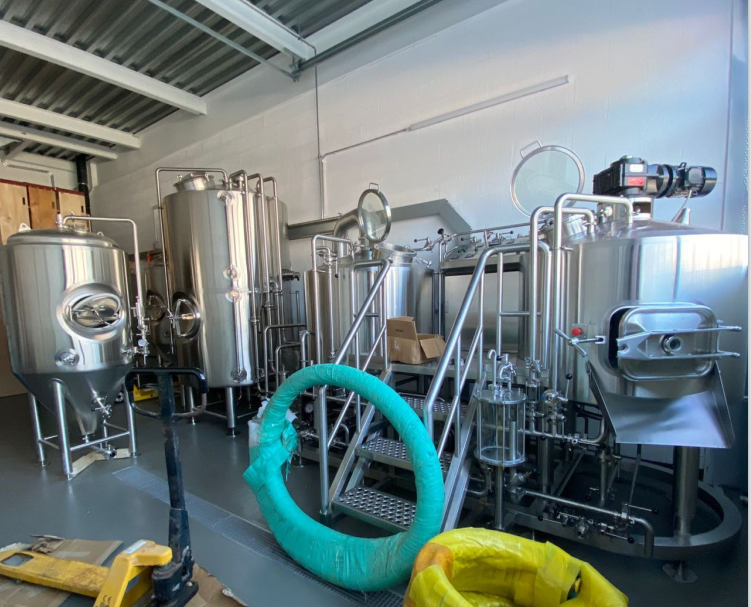
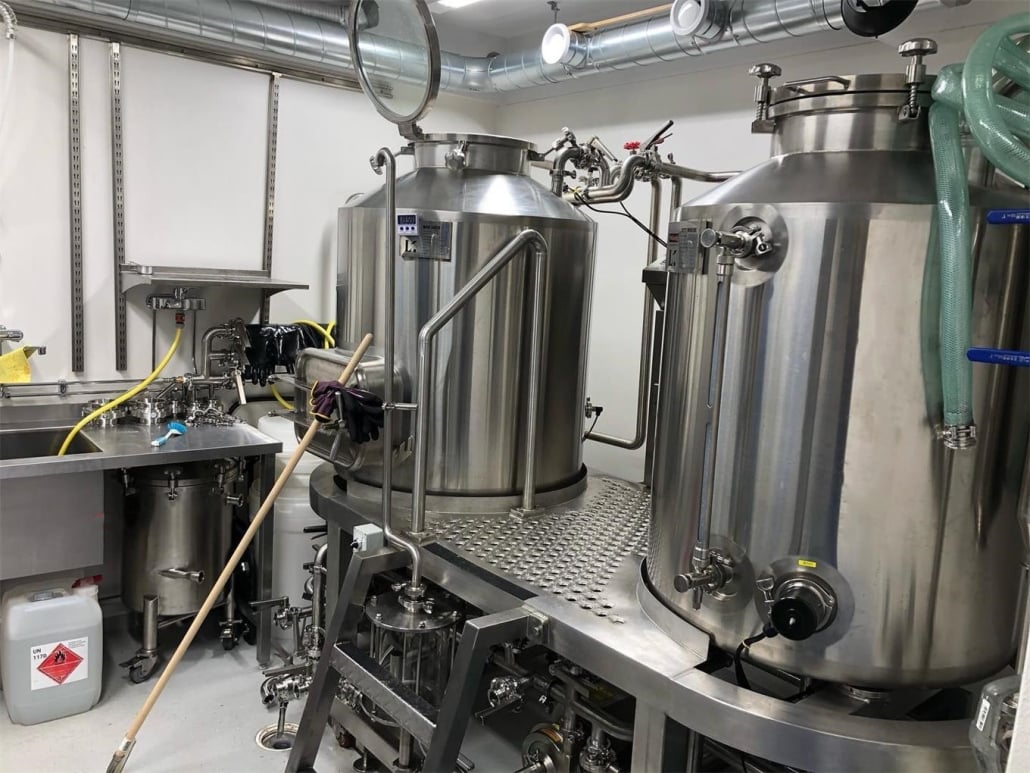
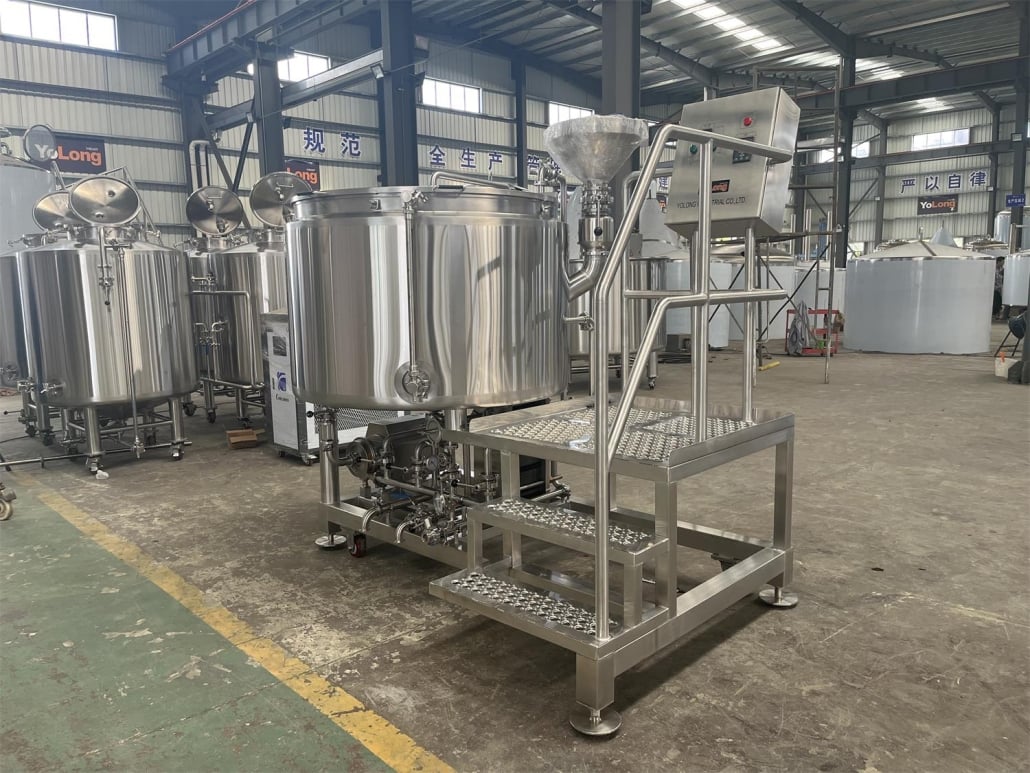
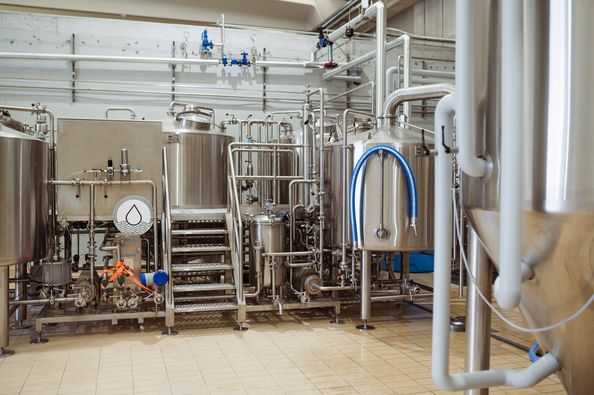
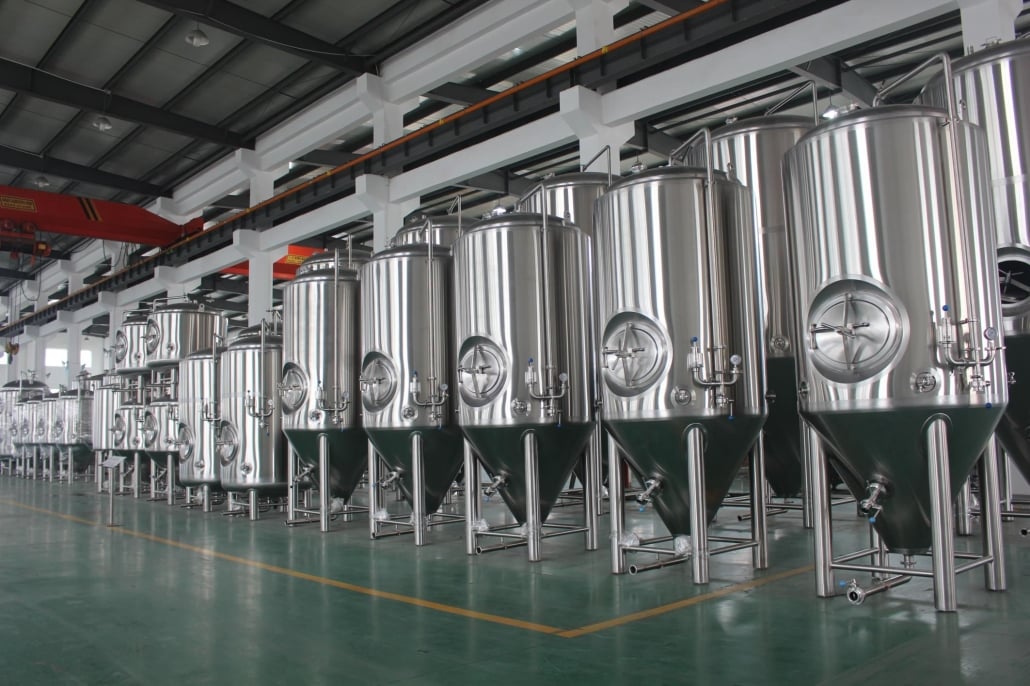
Total Estimated Cost Range
So what does this all add up to? Let’s say you’re starting a modest craft brewery with a 7-barrel brewhouse and a small taproom. Your total startup costs might land around $350,000 to $500,000. But if you’re dreaming bigger, with a 30-barrel system, full kitchen, and large production capabilities, you could be looking at $1.5 million or more.
To give you a clearer picture, here are a few examples:
- Nano Brewery (1-3 BBL): ~$250,000 – $500,000
- Microbrewery (5-15 BBL): ~$500,000 – $1,000,000
- Production Brewery (15+ BBL): ~$1 million – $2.5 million+
The wide range is because so many choices are involved—size, scope, build-out, branding, distribution, and more. The good news? You can scale gradually. Many successful breweries started small and expanded as demand grew.
Tips to Reduce Brewery Startup Costs
Feeling overwhelmed by the numbers? Here are some smart ways to keep your startup costs in check without cutting corners where it really matters.
First, start small and scale. You don’t need a 30-barrel brewhouse on day one. Many successful breweries began as nano operations and grew over time.
Second, look for used brewing equipment. There are online marketplaces and auction sites where you can score gently used fermenters and brewhouses for a fraction of the cost of new ones.
Third, get creative with your taproom decor. Upcycled wood, industrial chic metalwork, and local art can give your space a unique vibe without blowing the budget.
Next, build a community. Host pop-ups, do collaborations, and use social media to build buzz before you open. Word of mouth is one of the cheapest and most effective marketing tools.
And don’t forget to negotiate your lease. Sometimes landlords are willing to offer rent breaks or help with renovations if they believe in your concept.
Finally, be strategic with your menu and offerings. A limited but well-executed lineup of beers can keep ingredient costs lower while still drawing crowds.
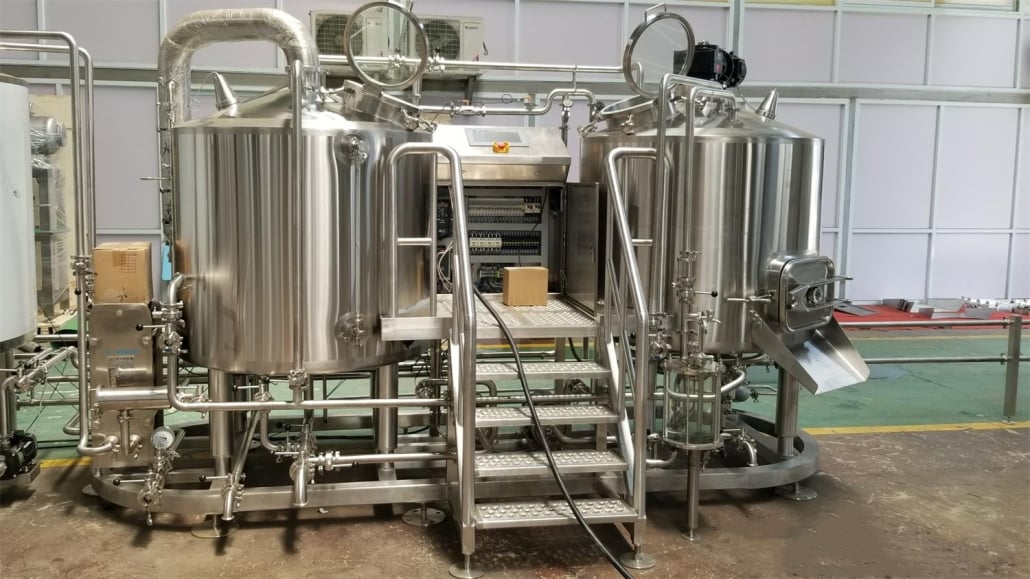
FAQs
| Question | Answer |
|---|---|
| How much does it cost to start a small brewery? | A nano brewery can start with costs as low as $250,000, depending on location and equipment. |
| What is the most expensive part of starting a brewery? | Brewing equipment and build-out are typically the largest expenses. |
| Can I lease brewery equipment instead of buying it? | Yes, equipment leasing is an option that can reduce upfront costs but may increase long-term spending. |
| How long does it take to break even on a brewery? | Most breweries take 2-5 years to break even, though this depends heavily on growth and market demand. |
| Is a brewery a good investment? | It can be if well-executed, but high startup costs and competition make it a risky venture. |
| Do I need a business plan before starting? | Absolutely. A detailed business plan is crucial for getting financing and staying on track. |
| How can I raise funds for a brewery? | Options include personal savings, bank loans, investors, crowdfunding, and SBA loans |
Additional FAQs About Brewery Startup in 2025
1) What’s the typical cash runway a new brewery should secure in 2025?
- Plan for 9–12 months of operating expenses post‑opening. Rising utility and labor costs mean many lenders now prefer to see 6–9 months of OPEX in reserve plus a 10–15% contingency on build‑out.
2) How have equipment prices changed since 2023 for startup-scale systems?
- Turnkey 5–10 BBL brewhouses are down ~3–6% Y/Y due to stabilized steel prices and lead times, but freight and installation remain elevated. Budget more for rigging, utilities, and controls integration.
3) What licenses and permits often delay launch timelines?
- Local building/fire approvals, wastewater discharge permits, and health department reviews for taprooms with kitchens are the most common bottlenecks. Start these in parallel with TTB/ABC filings to avoid idle rent.
4) Is contract brewing a viable path to reduce initial Brewery Startup costs?
- Yes. Many brands validate demand via contract/alternating proprietorship for 6–12 months, then invest in a smaller on‑prem system and taproom. This reduces initial capex and speeds time to first revenue.
5) How much should I budget for QA and lab in year one?
- Allocate $3,000–$10,000 for essentials: DO meter at package or brite (or service testing), hydrometers/refractometer, pH meter, microscope/hemocytometer, ATP swabs, and basic incubator. This spend prevents costly quality losses.
2025 Industry Trends Shaping Brewery Startup Costs
- Lead times normalize: Standard brewhouses and tanks ship in 8–12 weeks; custom automation/steam skids 12–16 weeks.
- Energy and sustainability: Utilities are a top cost driver; more startups specify vapor condensers, heat recovery, and VFD pumps, trimming brewhouse energy 10–20%.
- Smaller footprints: Mixed‑use and light‑industrial spaces with compact 5–10 BBL systems reduce rent but require thoughtful venting, noise, and odor control.
- Financing mix shifts: SBA 7(a)/504 remain common; equipment leasing and revenue‑based financing grow among taproom‑first startups.
- QA-first culture: Inline DO checks at knockout and in‑house sensory panels become table stakes for shelf stability in to‑go formats.
2025 Benchmark Costs and Operating Metrics (North America)
| Category | 2023 Avg | 2024 Avg | 2025 YTD | Notes/Sources |
|---|---|---|---|---|
| Turnkey 7 BBL brewhouse (installed) | $300k–$420k | $290k–$410k | $285k–$400k | Vendor quotes; ±15% by features |
| 10 BBL cellar starter pack (4 FVs + 1 BT) | $120k–$180k | $115k–$175k | $110k–$170k | Jacketed, basic automation |
| Taproom build‑out (no kitchen) | $80k–$200k | $85k–$210k | $90k–$225k | Urban premiums persist |
| Utility setup (glycol, electrical, venting) | $30k–$90k | $30k–$85k | $28k–$80k | Efficiency gear offsets |
| Time to open (signing → soft launch) | 7–12 mo | 7–11 mo | 6–10 mo | Permits still variable |
| Water use (hl water/hl beer) | 6.5–8.0 | 5.5–7.0 | 4.5–6.5 | With heat recovery & CIP reuse |
Reference hubs:
- Brewers Association benchmarking and cost tools: https://www.brewersassociation.org/
- US SBA financing programs (7(a), 504): https://www.sba.gov/
- DOE Better Buildings (food/bev energy): https://betterbuildingssolutioncenter.energy.gov/
Latest Research Cases
Case Study 1: Cutting Build-Out Costs with Phased Equipment Strategy (2025)
Background: A suburban taproom concept targeted a 7 BBL system but faced budget constraints and high tenant improvements.
Solution: Launched with a refurbished 5 BBL brewhouse, leased two 10 BBL FVs, and used alternating proprietorship for seasonal SKUs. Deferred kitchen; partnered with food trucks.
Results: Capex reduced by ~$180k; opening accelerated by 3 months; first-year cash flow positive by month 10; maintained 36% draft gross margin. Sources: BA startup playbooks; lender case reports.
Case Study 2: Energy Efficiency Payback in a New Microbrewery (2024)
Background: Urban microbrewery struggled with high projected utilities.
Solution: Specified vapor condenser for HLT preheat, insulated brewhouse vessels, and VFDs on glycol and brewhouse pumps; implemented CIP reuse and leak‑down testing.
Results: Brewhouse energy per bbl down 17%; water‑to‑beer ratio improved from 6.8 to 5.2 hl/hl; simple payback in ~16 months. References: DOE Better Plants examples; BA sustainability resources.
Expert Opinions
- Mary Pellettieri, Quality Consultant, author of “Quality Management for Breweries”
Viewpoint: “Bake QA into your Brewery Startup budget. A modest lab and disciplined SOPs protect brand equity more than any single piece of shiny equipment.”
Source: BA Quality resources and industry workshops - Bart Watson, Chief Economist (former), Brewers Association
Viewpoint: “In 2025, plan for taproom‑led revenue with diversified to‑go formats. Right‑sizing capex and controlling COGS per pint are the fastest paths to breakeven.”
Source: BA economic updates and market analyses - John Mallett, Brewing Operations Leader and Author
Viewpoint: “Reliability beats novelty. Choose proven equipment, prioritize utilities and drains, and you’ll save far more than cutting corners on installation.”
Source: MBAA/BA conference proceedings and publications
Practical Tools and Resources
- Brewers Association: Startup calculators, benchmarking, quality and safety — https://www.brewersassociation.org/
- SBA Loans: 7(a) and 504 program details, lenders — https://www.sba.gov/
- DOE Better Buildings: Energy playbooks for small manufacturers — https://betterbuildingssolutioncenter.energy.gov/
- Guilds and Networks: State brewers guilds (permits, local costs) — find via BA directory
- Cost Management: Restaurant 365 or QuickBooks + SOS Inventory for cost tracking — https://www.quickbooks.intuit.com/
- Equipment Marketplaces: ProBrewer classifieds — https://www.probrewer.com/
- QA Essentials: Draft quality manual and package DO guidance (BA members), plus MBAA TQ — https://www.mbaa.com/publications/tq/Pages/default.aspx
Last updated: 2025-09-28
Changelog: Added 5 FAQs focused on capital planning and licensing; 2025 trend summary with benchmark table; two recent cost/efficiency case studies; expert viewpoints; startup tools/resources with authoritative links
Next review date & triggers: 2026-03-31 or earlier if equipment pricing shifts >10%, SBA financing terms change, or local permitting timelines materially lengthen/shorten in key markets
Share this entry
Interested in learning more about Brewing Systems including additional details and pricing information? Please use the form below to contact us!
YOLONG BREWERY EQUIPMENT FAQS
- Commercial Brewery / Craft Brewery / Microbrewery / Nanobrewery
- What is The Difference Between Craft Beer and Industrial Beer?
- The Bespoke Differences In Custom Brewing Systems
- Everything You Need to Know About Kettle Souring
- How to Choose Brewing Equipment for Your business?
- How To Choose The-Best Partner To Build Your Commercial Microbrewing System?
- Two Detection Sensors That You Need To Use In Your Brewhouse System
- Remote Control Applications in Brewing Equipment/How does it work?
- How To Clean Your Brand New Brewery Tanks?

